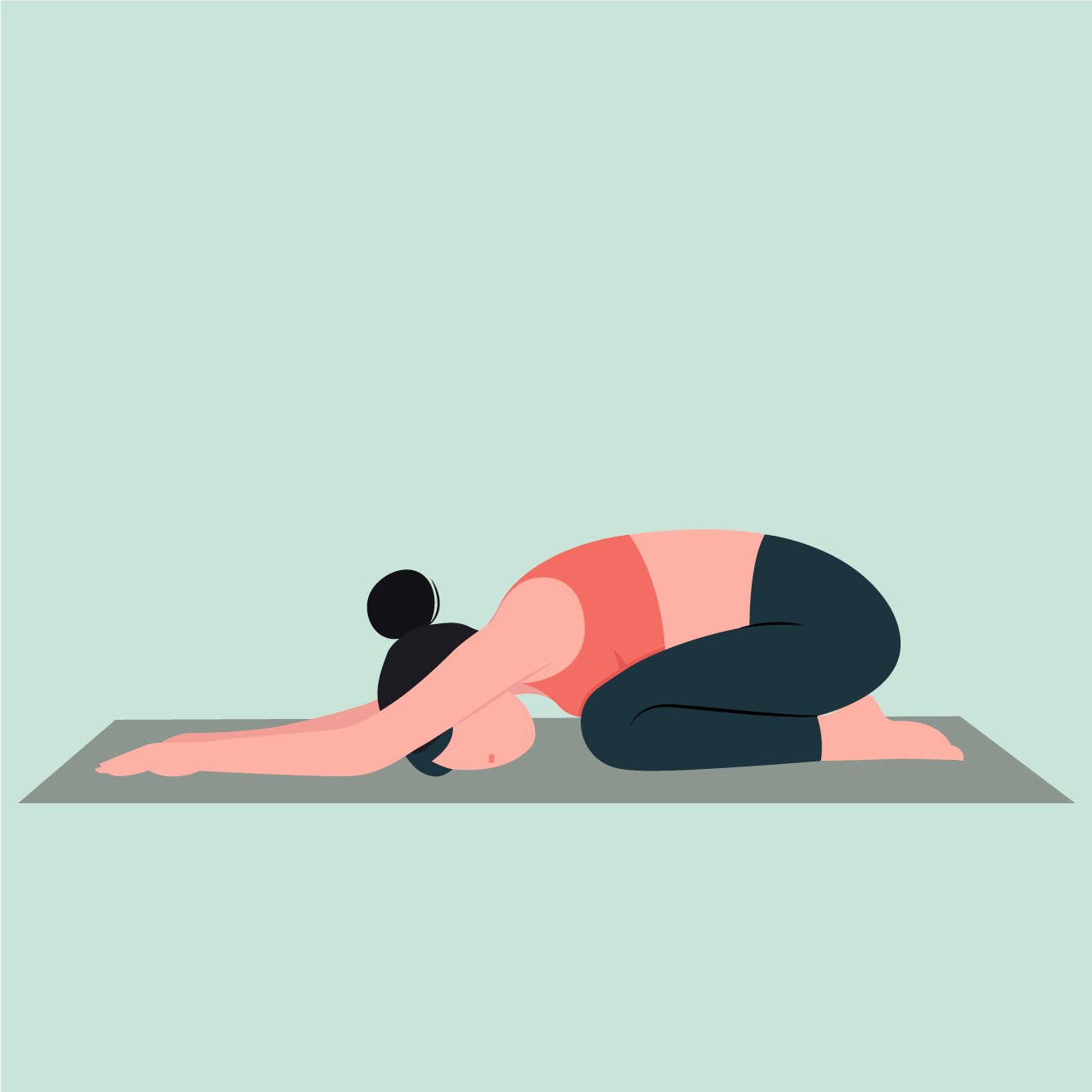Why is the Pelvic Floor Important?
You may have heard about the pelvic floor in regard to its importance in the postpartum population. While this is true, it’s ability to function also plays a critical role for every body at every stage of life.
What is the Pelvic Floor?
The pelvic floor is a group of muscles located at the base of the pelvis that provide support to the internal organs and stability to the pelvis and lower back. These muscles also play a crucial role in controlling the release of bodily functions such as urine, feces, and gas. They also contribute to sexual function in both males and females alike.
Why is the Pelvic Floor Important?
A strong and healthy pelvic floor is essential for maintaining optimal function and reducing the risk of low back pain, incontinence, and other pelvic health issues. The pelvic floor muscles are connected to the spine and lower back, and problems with the pelvic floor can contribute to poor posture and low back pain.
The pelvic floor, along with a concert of abdominal muscles, helps support and control internal pressure.
What Does Pelvic Floor Dysfunction Look Like?
This is a loaded question, but to oversimplify this, we can think about the pelvic floor being either too weak or too tight.
A weak pelvic floor may result in symptoms like incontinence, aka urinary leakage. This is not normal, ever, even despite having kids or being older. Your pelvic floor should be able to fight against gravity and the load at which we put on it. With the proper training, these muscles, just like any other skeletal muscles in your body, can be trained to get stronger and function better.
A tight pelvic floor can result in symptoms like pelvic pain or sexual dysfunction, such as pain with sex. Sex should not be painful, and just like how a tight latissimus dorsi (lat) can give you shoulder pain with overhead activities, a tight pelvic floor can make functional activities difficult. Additionally, just because a muscle to tight does not mean that it’s strong; more on this to come.
The pelvic floor is just that; the floor of your abdominal cavity. These muscles must work together with other important core stabilizers, like the transverse abdominis, a deep core muscle, and multifidus, small stabilizing muscles along your spine, to assist in providing support to the spine. These muscles must work in synergy with each other to assist our ability to stay upright and moving forward in space. If not, this can result in a myriad of orthopedic conditions and ailments, such as the ever common low back pain.
In conclusion, the pelvic floor is a critical component of a healthy and pain-free body. We understand the importance of a healthy pelvic floor and its connection to reducing the risk of low back pain and other pelvic health issues for the entire population. We are on a mission to empower individuals to take control of their pelvic floor health and reduce the risk of pain and injury. If you are experiencing pelvic health issues, or even stubborn back pain, we encourage you to contact us to learn more about our approach and how we can help.
Other Posts You Might Like
















